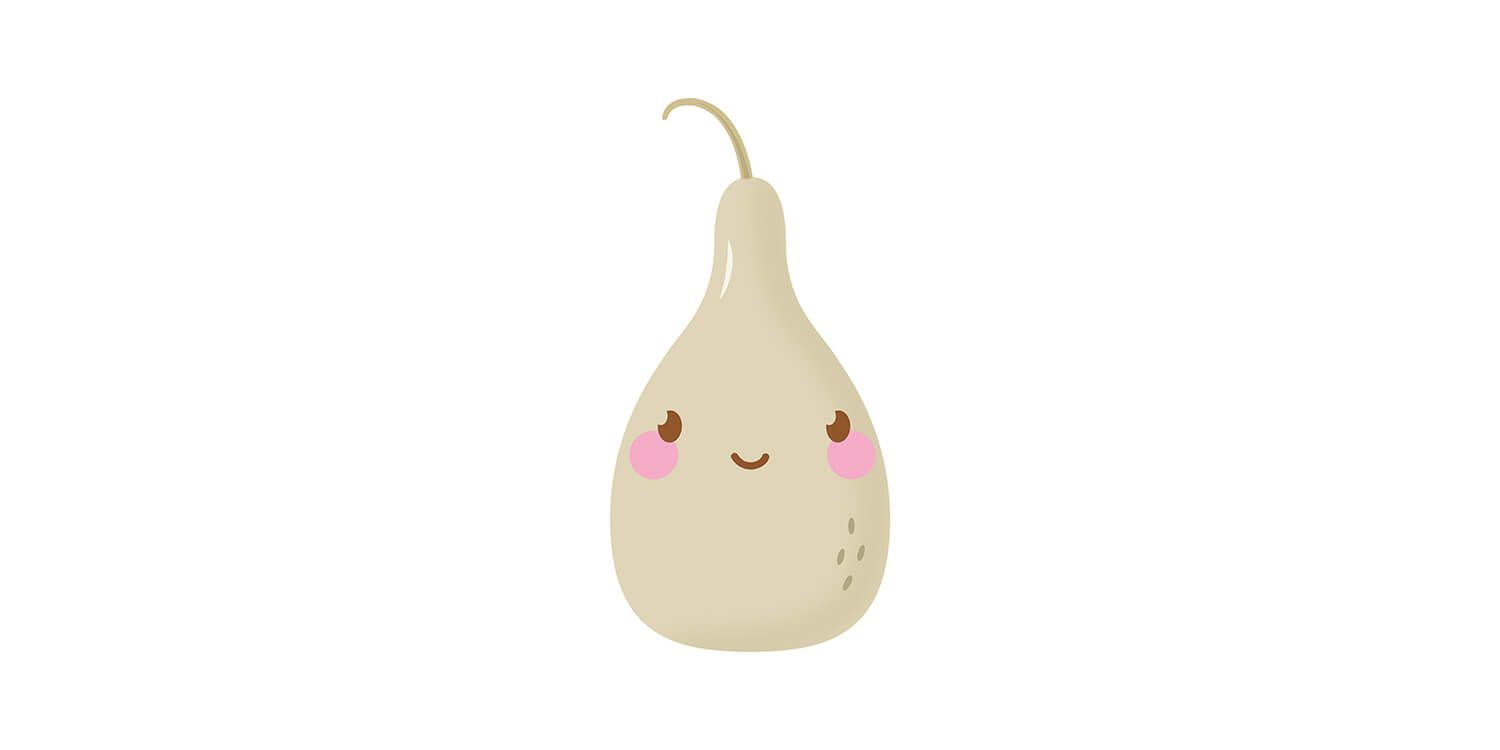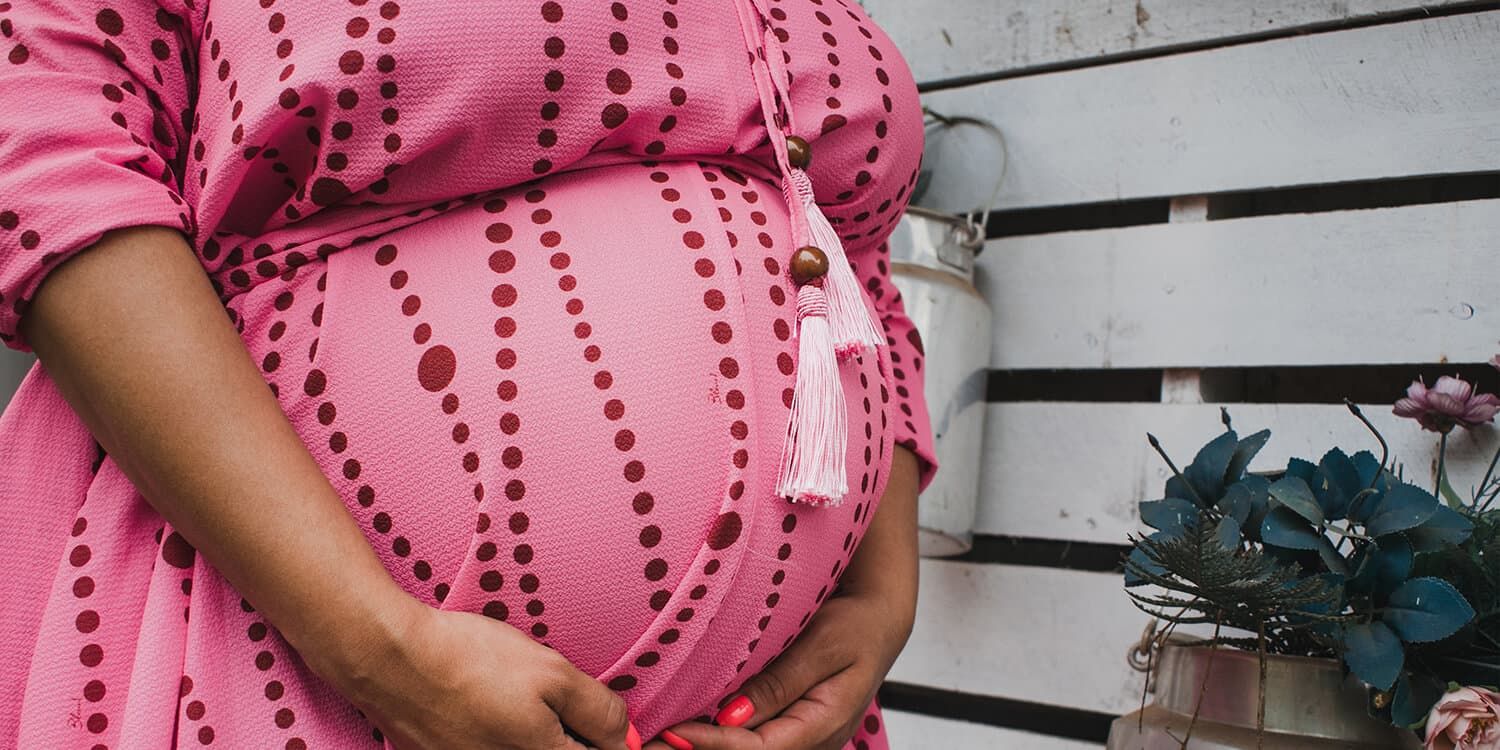On your marks, get set – when is it time to go? If your baby were to arrive in week 38, it would no longer be premature. Everything is fully developed. So why do most babies only arrive in week 40, 41, or even 42? For more about that and why diarrhea is something to get excited about, read on!
What's Going On in Your Belly at 38 Weeks Pregnant?
The fetus is around 19 inches long (crown to heel) and weighs approx. 7 lbs.
If your baby were to arrive in the world now, it would be deemed "full term" even though it still has two weeks to go until the estimated due date. Despite this, it would likely not experience any difficulties adapting to life outside the womb. It should be able to breathe independently and have sufficient fat reserves for the first few days until your milk comes in.
Your baby is now about the size of a Chinese winter melon (wax gourd).

The lanugo hair has completely disappeared, although your baby may now have a thick head of hair instead. Whether your baby enters the world with no hair or a full head of hair is entirely down to nature.
To put it into numbers, the birth usually takes place 266 days after fertilization. However, when the baby actually arrives depends on various circumstances, such as:
- The baby's individual development (even the time embryos take to implant varies from one to another)
- Physical characteristics of the mother (e.g., hormones)
- Nutrition and lifestyle
- Predisposition of the mother
- Exactly when fertilization occurred
Regarding that last point, irregular cycles in particular result in a certain margin of fluctuation, as few women are aware of when they ovulated. Furthermore, sperm can survive in the vagina for several days. In most cases, the due date is calculated on the basis of the last menstrual period and the resulting birth date is adjusted at the first ultrasound examination due to the baby's size. However, this results in inaccuracies when setting the due date.
How Do You Feel at 38 Weeks Pregnant?
Everything is ready for labor: The joints are becoming increasingly loose, the uterus is dropping, and contractions may shift the baby deep down in the pelvis. This might be perceived as tightness in the back, period-like pains, or twinges in the pubic area. However, it is not unusual for you to experience no prodromal contractions at all. Sometimes these will only appear for the first time when labor starts.
Preparation also includes the mucus plug detaching. This can look like light spotting or an accumulation of slimy discharge. However, there is often an increase in cervical mucus due to the increased circulation in the vagina.
When the baby bump drops, breathing often becomes easier – however, the urge to urinate may increase because your little one is pressing on your bladder.
Pregnant women are now overcome by increasing levels of fatigue, which can also be a result of sleepless nights. Catch up on sleep whenever you can during the day.
One sign of labor that you can look for right away: Diarrhea could actually indicate that things will soon get started!
And if you experience severe back pain this could be due to genuine labor contractions. If this occurs regularly and at increasingly shorter intervals, you should probably prepare your partner for the fact that they will likely soon be a parent.
In order to determine whether these are "real" labor contractions, you can take a warm bath. Preliminary contractions usually just disappear, but contractions that are opening the cervix will normally continue. Make sure you have someone close by to help you get out of the bathtub if necessary!
Planned cesarean section
Planned cesarean sections are often performed in the 38th or 39th week of pregnancy. It is very unlikely that natural labor will have started by this time – that would require the immediate intervention of an operating room team. On the other hand, the baby is already fully developed. Even after a cesarean section, in breastfeeding-friendly hospitals it is usually possible to pass the baby to the mother right away, while she is still being stitched (unless health reasons prevent this). This helps with bonding and supports a good breastfeeding relationship.
The cesarean section can influence milk production. It may take longer for the milk to come in, which makes physical contact after birth particularly important in this case. And irrespective of all that, this is simply a magical moment for both of you – enjoy it!
Photo Credits: Shutterstock





